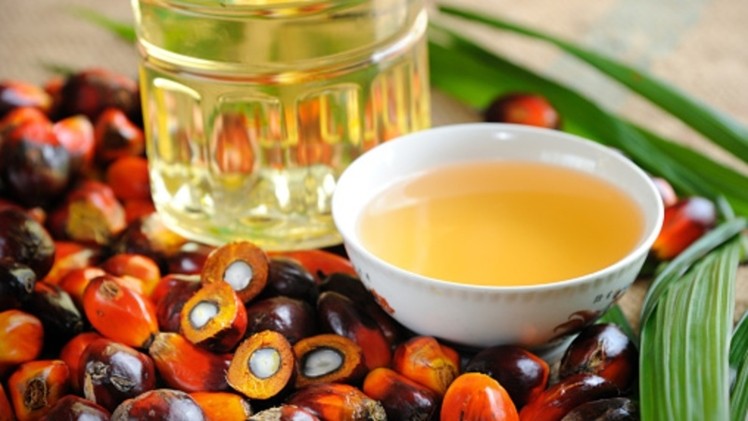Palm oil is derived from the reddish pulp or mesocarp of the fruit of oil palms. It is edible vegetable oil. Two kinds of oils are produced namely, palm kernel oil from crashing the kernel and crude palm oil by squeezing the fleshy fruit. It is widely used as cooking oil which is added to several ready-to-eat products in the grocery store.
The growing demand from different end-user industries along with increasing consumer awareness regarding the health benefits associated with palm oil is a primary driver of the growth of the global palm oil market. Palm oil is now viewed as a natural product that enhances the physical well-being of people helping them to achieve a healthy life. There is a significant spike in demand for palm cooking oil. In addition, the demand for biofuel is continuously growing. Biofuels prepared from rapeseed and palm oil are high in demand due to the exhausting stock of the existing fuels. The adoption of the latest technologies like satellite-based technology that assist in monitoring deforestation will address the underlying challenges and is expected to create several lucrative growth opportunities in the global palm oil market. However, nowadays manufacturers are focusing on offering organic and sustainable cultivation to protect the environment and simultaneously cater to the surging requirements of palm oil by consumers.
The global palm oil market can be segmented into end-user, product, origin, and region.
By end-user, the market can be segmented into industrial, pharmaceutical, biofuel & energy, personal care & cosmetics, food & beverage, and others. The food & beverage segment accounts for the largest share in the global palm oil market as it finds a large number of applications as edible cooking oil.
By product, the market can be segmented into fractionated palm oil, palm kernel oil, RBD palm oil, and crude palm oil.
By origin, the market can be segmented into conventional and organic. The crude palm oil segment holds the largest share in the global palm oil market due to the high consumption in oleochemicals production of cleaning and agrochemical products.
North America accounts for the largest share in the global palm oil market due to the growing demand from the energy and biofuel sector in the region. Furthermore, the growing demand for palm oil as cooking oil is also creating several lucrative growth opportunities in the regional market.
Europe accounts for the second-largest share in the global palm oil market due to the changing government regulations owing to the high penetration of biodiesel in the region.
Some of the significant players in the global palm oil market are Asian Agri, United Plantations Bhd, Boustead, London Sumatra, Asiatic Development, Kuala Lumpur Kepong, IOI Corporation, Sime Darby, PT Dharma Satya Nusantara Tbk, Wilmar International Limited, New Britain Palm Oil Ltd., Sime Darby Plantation Sdn Bhd, PT Salim Ivomas Pratama Tbk, PT Astra Agro Lestari Tbk, Kuala Lumpur Kepong Berhad, Intercontinental Specialty Fats Sdn. Bhd, Golden Agri-Resources Ltd., Godrej Agrovet Limited, and Genting Plantations Berhad. To cite, Sime Darby Plantation in June 2020 introduced its oil palm genome to assist the mission of the company for a deforestation-free industry.
